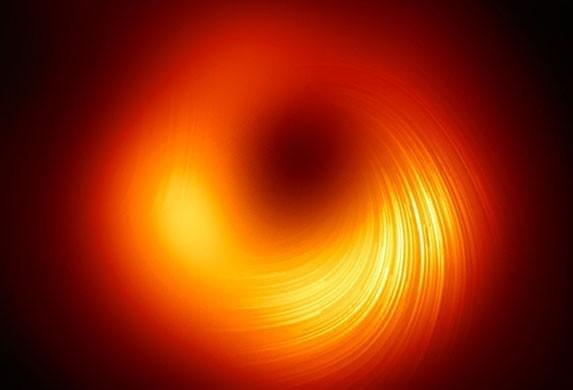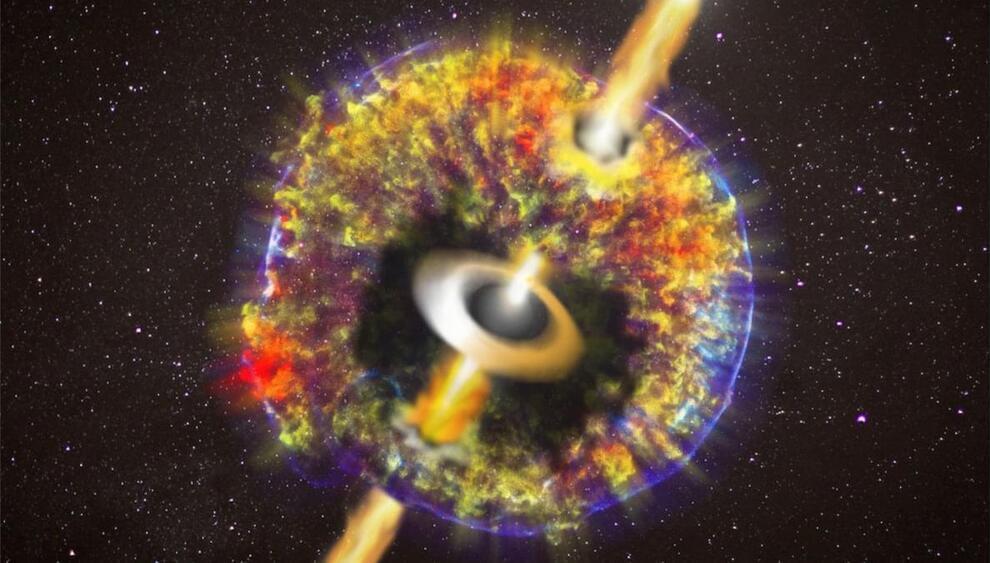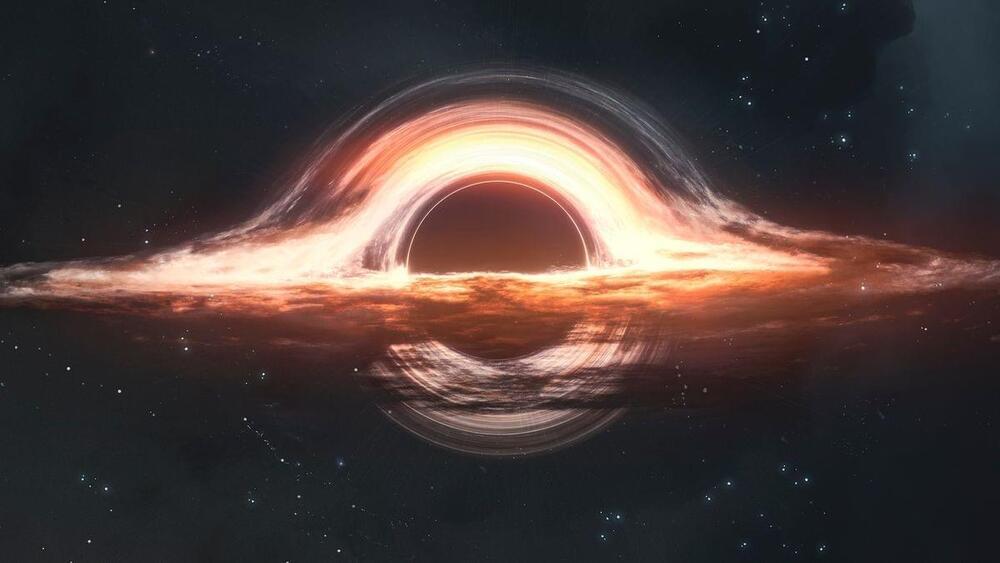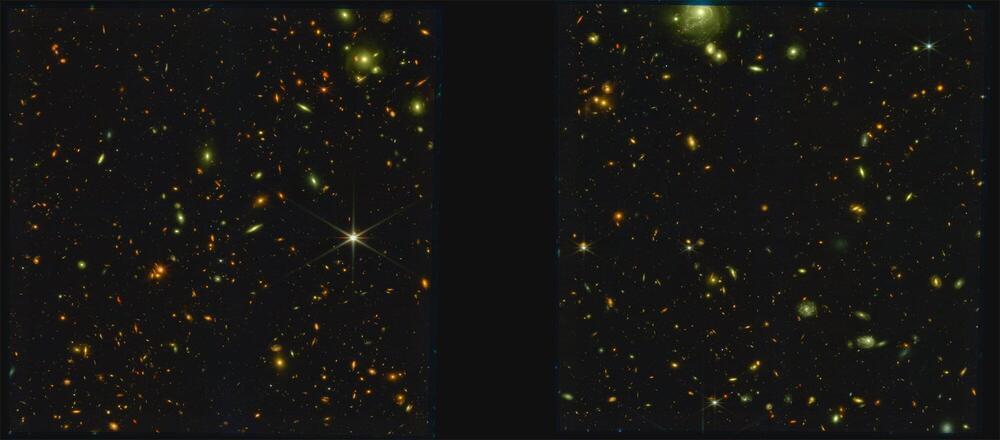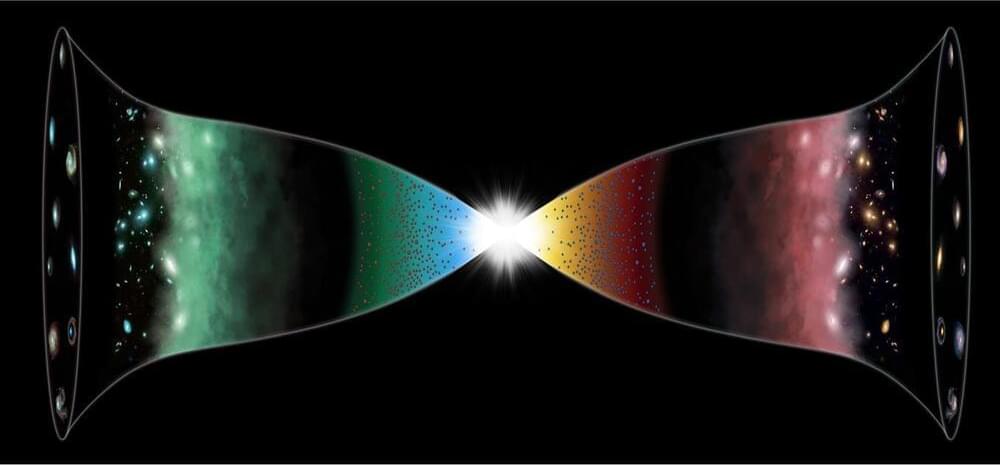Nov 2, 2024
What is the origin of dark energy? Scientists reach possible answer
Posted by Dan Breeden in category: cosmology
Astronomers have possibly found evidence that dark energy — associated with accelerating the expansion of our universe — could also be related with the mysterious black holes.
About 70% of our universe roughly comprises of dark energy and is believed to have born after the Big Bang, around 13.8 billion years ago, though the origin of the force remains unclear, according to LiveScience.
Recently, some astronomers proposed a theory that dark energy could have emerged from the core of gigantic dark abyss called the black holes while others disagreed with the theory.
